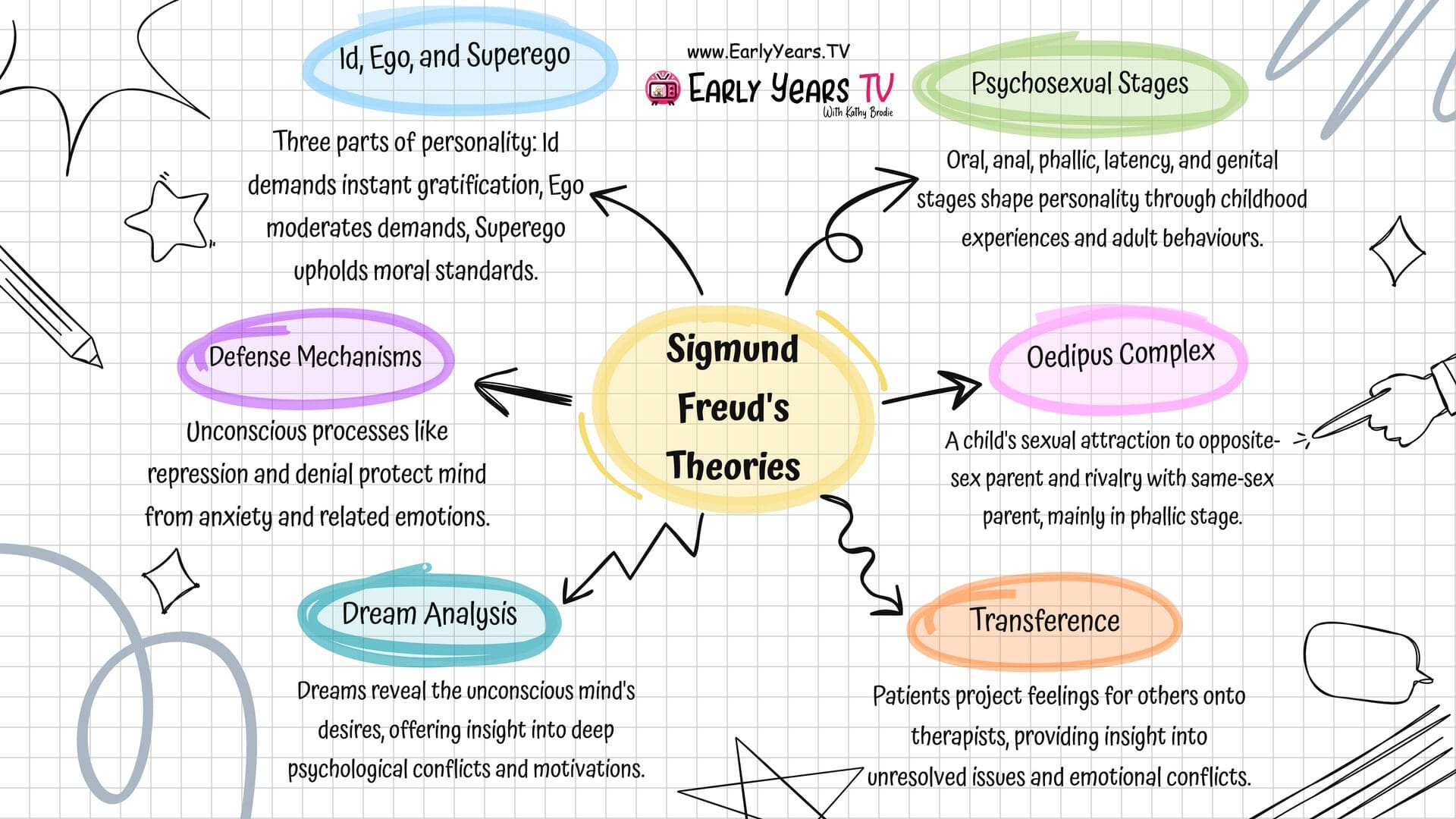
Spaced Repetition: The Memory Technique That Turns Recall Into a Choice
Spaced repetition is an effective method for enhancing your memory, learning more effectively, and preserving information for the long haul. Its principle is both straightforward and impactful: rather than cramming, you schedule your reviews of the material over progressively larger time intervals. Utilizing contemporary apps, such as Anki, anyone can take advantage of this approach to master vocabulary, scientific concepts, historical events — or any area of inquiry — with astonishing simplicity.
The Science Behind Spaced Repetition
The reasoning that supports spaced repetition is solid. For over a hundred years, psychologists have recognized that memory diminishes with time, and each review postpones that decline. By revisiting a fact just before you’re on the verge of forgetting it, you fortify the memory more successfully than if you had reviewed it several times in a short span. This technique leverages the spacing effect — a well-documented occurrence that indicates we remember information more effectively when learning sessions are spaced apart.
Moreover, spaced repetition encourages two additional scientifically-backed methods for learning:
– Retrieval Practice: Actively recalling information reinforces the memory pathway.
– Interleaving: Combining different subjects during review enhances the ability to differentiate between concepts and boosts problem-solving skills.
Michael Nielsen’s Perspective
Computer scientist and physicist Michael Nielsen is a prominent advocate of spaced repetition, recounting his experiences with the technique in a popular Twitter thread. Nielsen utilizes Anki, a free, open-source flashcard application that implements a spaced repetition algorithm to optimize review timing based on your results.
Nielsen underscores that the effectiveness of spaced repetition stems from its purposefulness:
“The single most significant change is that memory is no longer a random occurrence, left to luck,” Nielsen states. “Instead, I can be certain I will remember something with minimal effort: it transforms memory into a choice.”
He is discerning about what he inputs into his system. Not all facts merit memorization — only those that contribute to a deeper insight or are essential for ongoing tasks. He also highlights the importance of small, atomic pieces of information: rather than using lengthy paragraphs on a flashcard, he prefers concise, easily accessible facts.
The Darwin Connection
Interestingly, Charles Darwin recognized a cognitive bias centuries ago that contemporary spaced repetition can mitigate: the inclination to forget information that contradicts our beliefs. In his autobiography, Darwin wrote:
“Whenever a published fact, a new observation or thought came to me that conflicted with my general conclusions, [I made] a note of it immediately and without fail; for I had learned from experience that such facts and thoughts were much more likely to slip my mind than those that were favorable.”
Modern spaced repetition systems make it feasible and straightforward to remember even life’s uncomfortable truths, ensuring our memory is not only dependable but also epistemically sound.
Getting Started: Anki and Other Resources
Anki is perhaps the most widely-used spaced repetition application. It is accessible on both desktops and mobile devices, syncing effortlessly across different platforms. You can personalize your card designs, create image-enhanced cards, use pre-existing decks, and monitor your review statistics.
To utilize Anki effectively:
– Concentrate on atomic facts. Avoid lengthy blocks of text; limit flashcards to a single concept or question.
– Add cards on a regular basis. Approach it like a daily ritual: 5–10 cards daily is a manageable rhythm.
– Review consistently. Anki will remind you when it’s time to revisit a card; just adhere to the schedule.
– Combine with broader learning. As Nielsen points out, memory alone does not equate to understanding. Spaced repetition complements mastery, it does not replace it.
Educational Insights
A recent review in Cognitive Research by Weinstein, Madan, and Sumeracki (2018) highlights the widespread agreement in the educational psychology community: spacing, retrieval practice, and interleaving are among the most effective strategies for learning. These techniques enhance retention without extending time spent studying. Spaced repetition stands out as one of the most effective methods to incorporate them into your regimen.
Conclusion: Transform Memory Into a Choice
Whether you are a student, educator, professional, or lifelong learner, spaced repetition provides a means to make memory purposeful and trustworthy. Applications like Anki enable you to carry a growing repository of valuable knowledge in your pocket — and review it whenever and wherever you wish.
Instead of frantically trying to recall a forgotten detail or retracing your reading for the third time, spaced repetition guarantees that once you learn something, it remains with you.
Just as Darwin conditioned himself to recognize — and remember — challenging facts, we too can cultivate superior cognitive abilities. Spaced repetition is not merely a memory tactic; it is a way of redefining how we think, work, and evolve.
Resources
– Anki: https://apps.ankiweb.net/
– Michael Nielsen’s Twitter Thread: https://twitter.com/michael_nielsen/status/957763229454774272
– Wikipedia entry on Spaced Repetition: https://en.wikipedia.org/wiki/Spaced